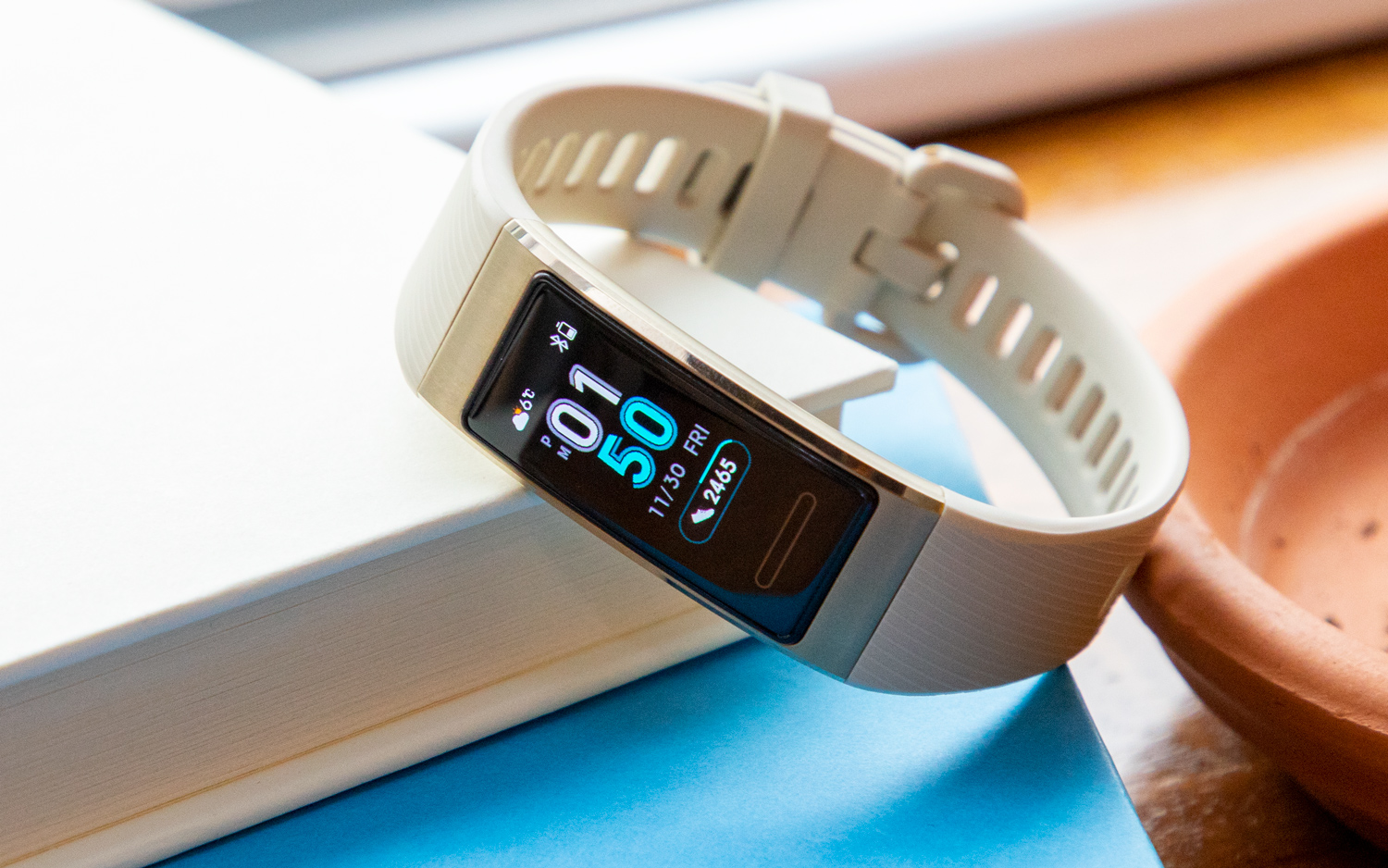Tom's Guide Verdict
Huawei's $70 Band 3 Pro offers advanced fitness-tracking features in an affordable package, but its predecessor was better.
Pros
- +
Affordable price
- +
Accurate GPS
- +
In-depth sleep analysis
- +
Advanced swim tracking
Cons
- -
Bulky metal frame
- -
GPS takes a minute to lock in
- -
Heart-rate inaccuracies
Why you can trust Tom's Guide
Fitness trackers aren't dead yet. In fact, to prevent smartwatches from stealing the show, they're becoming more sophisticated — and cheaper..
Huawei's Band 2 Pro impressed us last year with built-in GPS, heart-rate monitoring and in-depth sleep analysis for just $70. Now Huawei is back with an upgraded Band 3 Pro, which sports a colorful AMOLED display and more advanced fitness-tracking features for the same low price. But is newer better? Not necessarily.
Design and Display: Bigger isn't better
The Band 3 Pro's shape is similar to its predecessor's — and both resemble a Fitbit Alta — but the newer tracker extends the metal frame that houses the GPS antenna all the way around the display. The Band 2 Pro's frame lined the sides, but not the top and bottom of the screen.
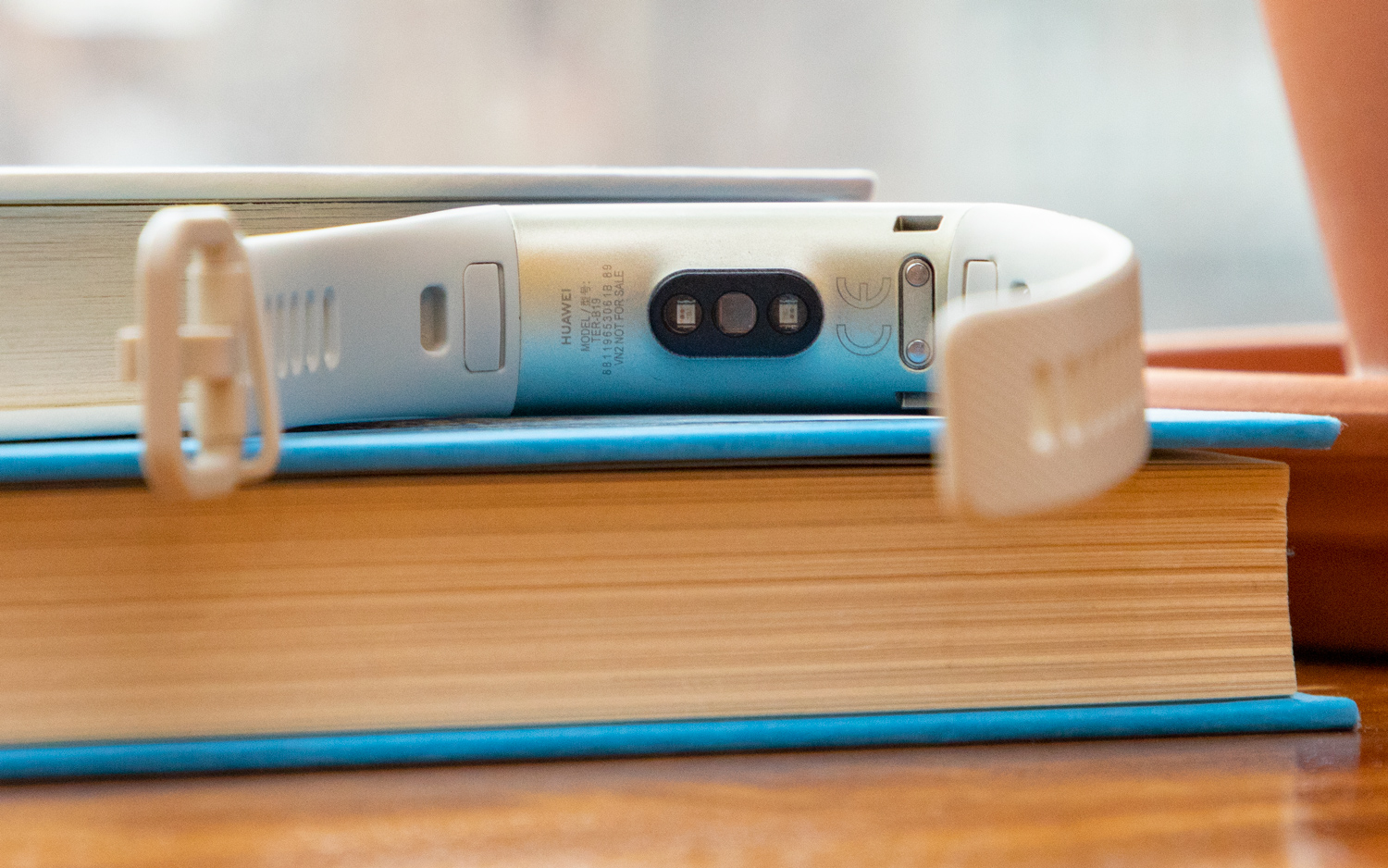
I don't love this design change, because it also forces the band to extend out farther, leaving an awkward gap between your arm and the band if your wrist is on the smaller side. The Band 3 Pro's body is 45 millimeters tall, which is just 1 mm taller than the Band 2 Pro, but it makes a difference. (The Band 3 Pro is also noticeably heftier, at 0.88 ounces, than the 0.74-ounce Band 2 Pro.)
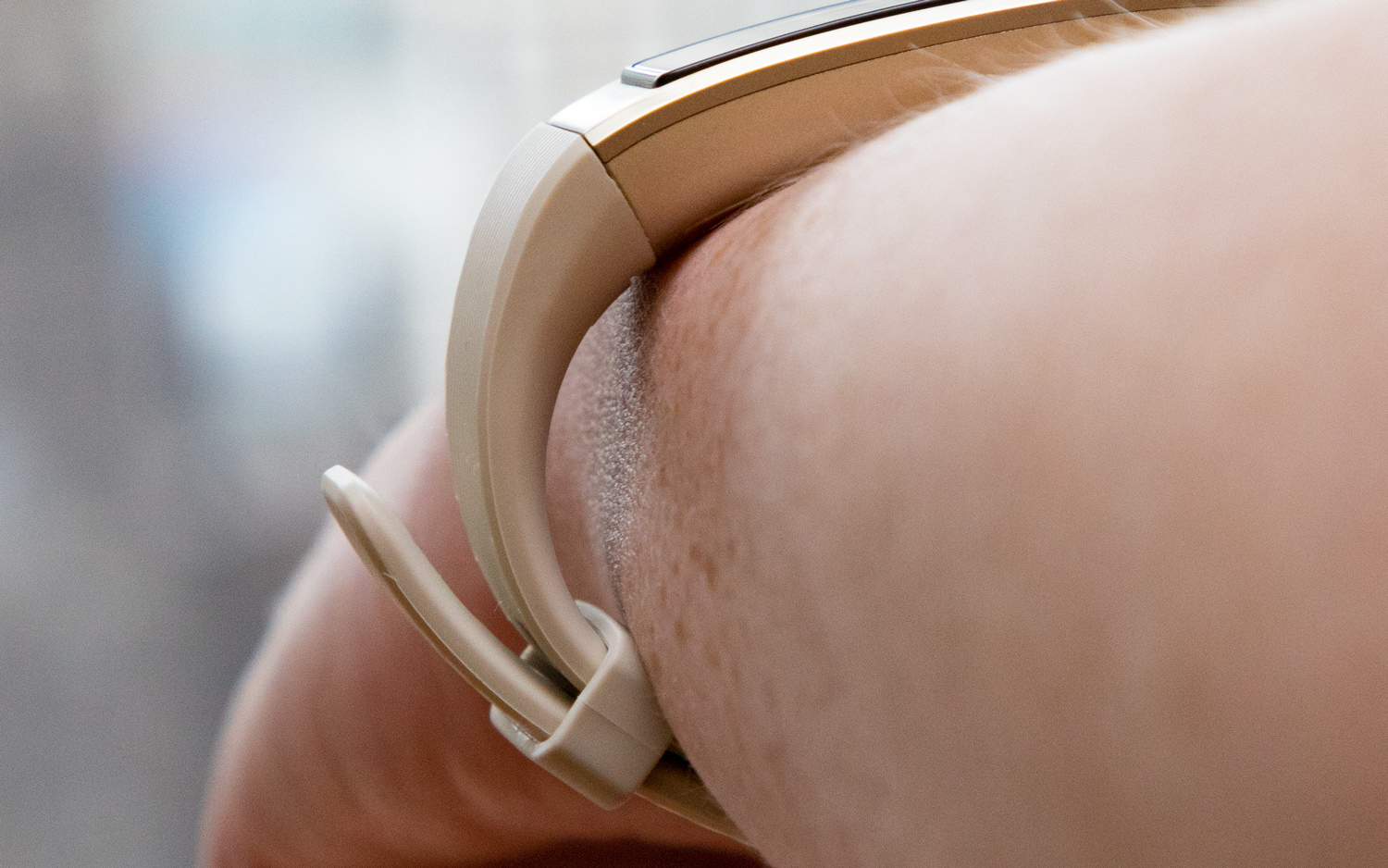
The Band 3 Pro's display takes up just 24.1 mm of that body, which feels too small, given the size of the tracker.
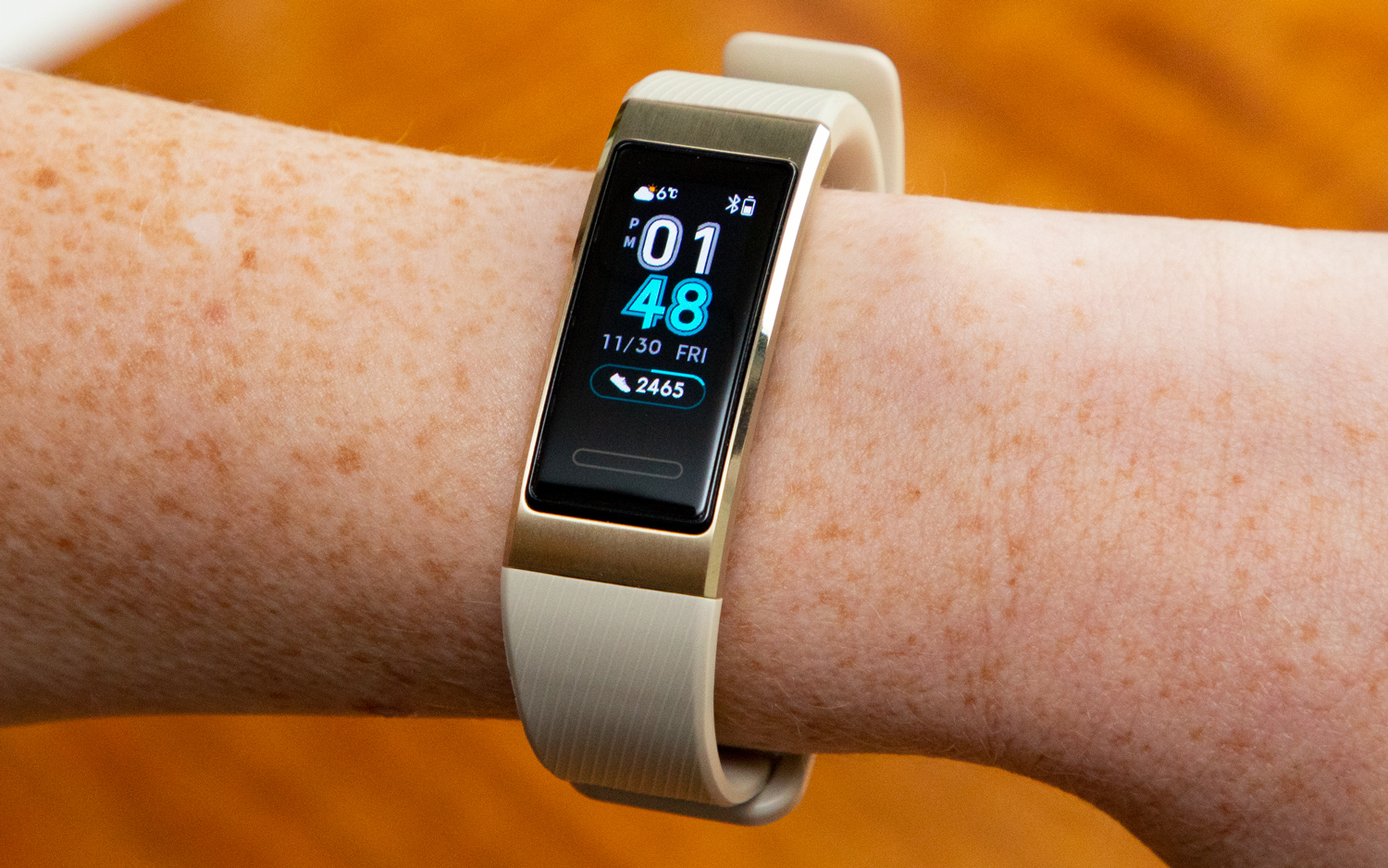
But the small screen is incredibly colorful, which is a huge improvement over the black-and-white Band 2 Pro. The new faces Huawei has designed for the Band 3 Pro are beautifully vivid and easy to see in bright sunlight.
MORE: 10 Cheap Fitness Trackers, Ranked from Best to Worst
Fitness: Advanced, but flawed
A built-in GPS antenna and heart-rate sensor are rare in a $70 band, but fitness trackers are becoming more advanced and more affordable every year. Huawei's Band 2 Pro delivered accurate GPS and heart-rate tracking, and the Band 3 Pro promises the same.

The GPS was accurate; the Band 3 Pro calculated and mapped my outdoor runs, which are routes I run regularly. But the antenna took more than a minute to capture a GPS signal, which was particularly irritating when I had to stand outside in New York's frigid November weather to wait for the band to vibrate with a lock on my location. I would expect that to happen in Manhattan, where skyscrapers can block a signal, but buildings in my Brooklyn neighborhood aren't very tall. I didn't have this issue with the Band 2 Pro.
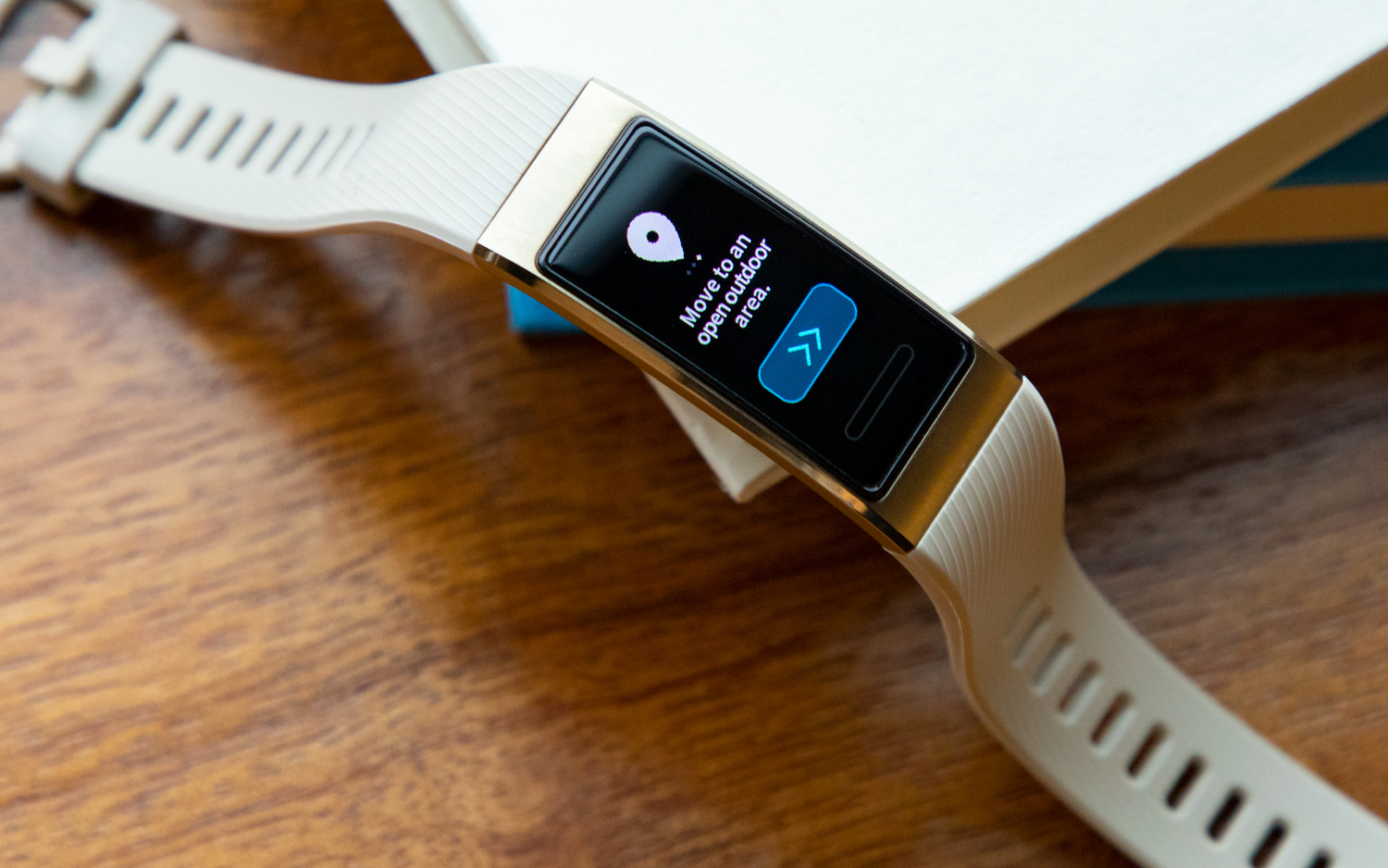
I tested the Band 3 Pro against a Polar H10 chest strap to determine the accuracy of its heart-rate monitor. Huawei says the heart-rate sensor and software in the Band 3 Pro are more advanced than what's in the Band 2 Pro, but I found the newer tracker wasn't as accurate as I had hoped. As I logged an outdoor run, I noticed the heart-rate measurement on my wrist lagged behind the chest strap, reading at 114 beats per minute for minutes when my heart rate was actually hovering around 150 BPM, as measured in real time in the Polar Beat smartphone app. After I ended the run, the Polar H10 calculated my heart-rate average at 174 BPM. The Band 3 Pro measured 168 BPM.
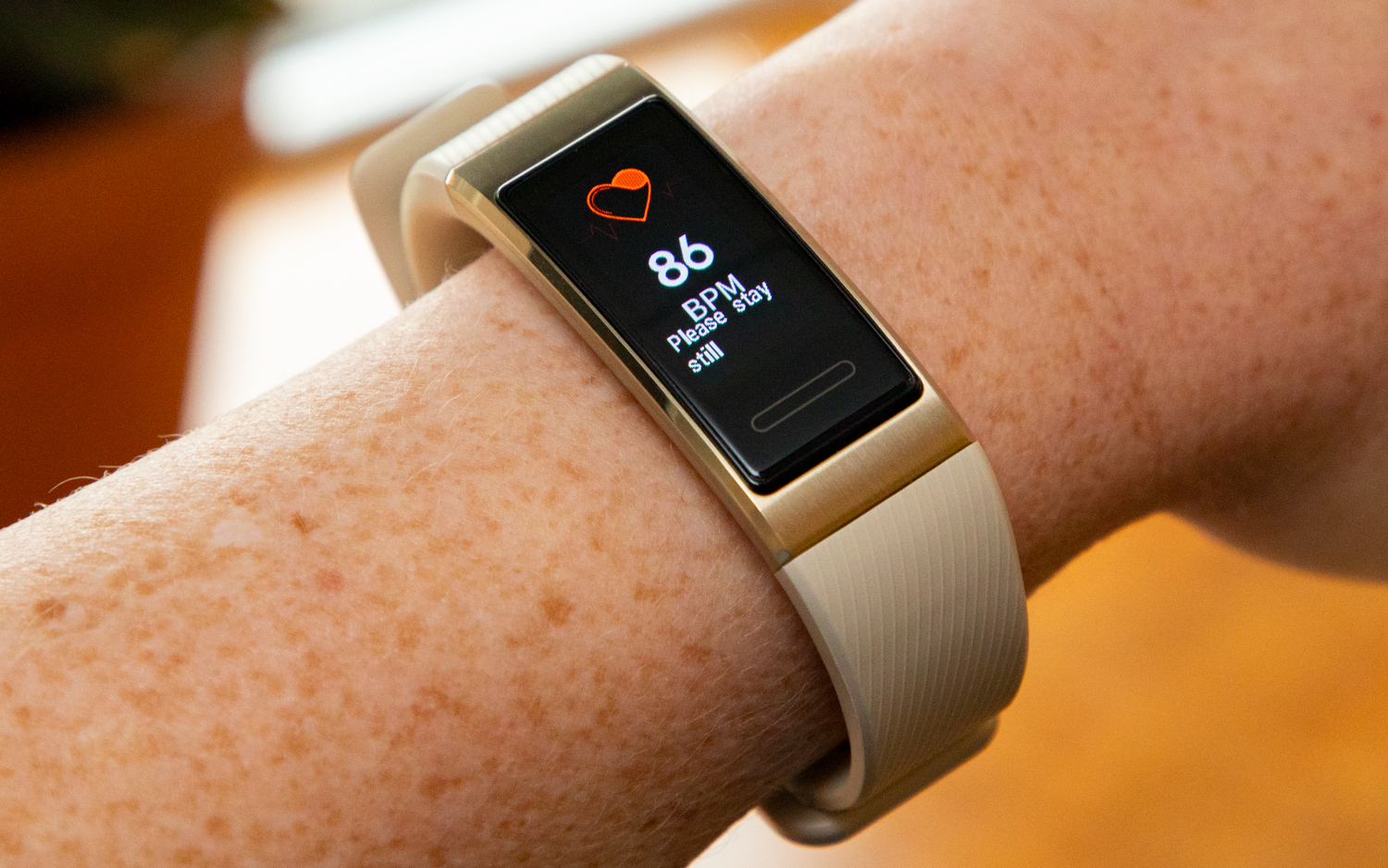
Like the Band 2 Pro, the Band 3 Pro is swim-proof. But Huawei added a six-axis accelerometer for measuring more of your movement in water, an improvement over the three-axis accelerometer in last year's band. The band's pool-workout mode now tracks stroke style, distance, number of laps and calories burned, and it calculates your SWOLF (short for "swim golf," the result of adding strokes per length and the time of that length). I don't have access to a pool in New York, so I couldn't test this out for myself, but few fitness trackers at this price offer such advanced swim-tracking metrics.
Battery Life: Solid, as expected
The Band 2 Pro lasted about three days on a charge with daily workouts and sleep tracking; the Band 3 Pro lasted about five. The band was still chugging along at 60 percent after two days of use, during which I tracked a 45-minute spin class, a 30-minute run and two nights of sleep with TruSleep turned on in the Huawei Health app (a feature that drains the battery because it uses your heart rate to calculate a sleep score). This is the same sleep-tracking feature offered in the Band 2 Pro, and it remains impressive.
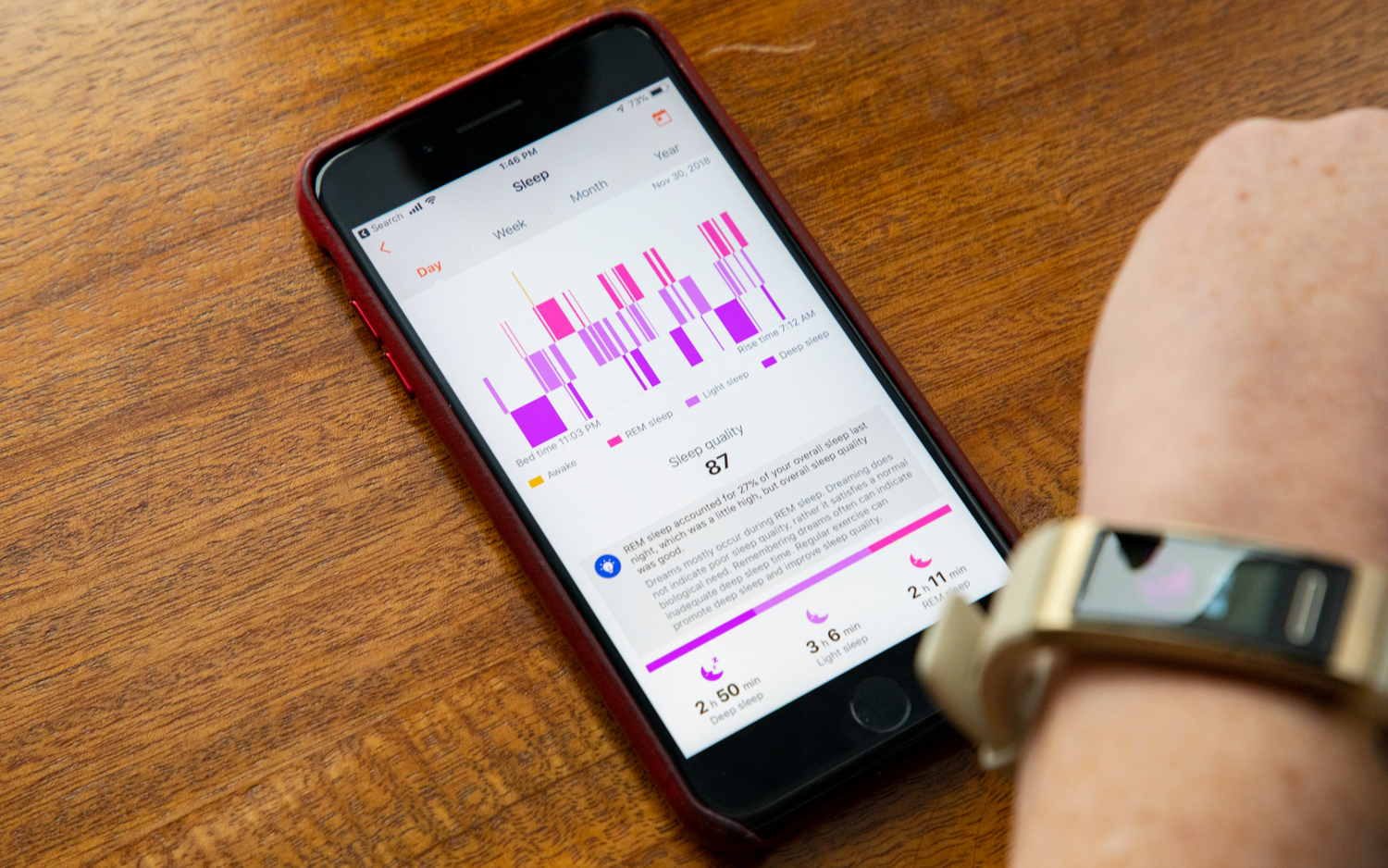
The band uses Huawei's proprietary pin-charging dock to juice up, which is irritating, but other swim-proof trackers also use proprietary chargers to prevent water from corroding the internals of a micro USB port.
Band 2 Pro vs. Band 3 Pro: Not a huge upgrade
If you already have a Band 2 Pro, Huawei's newest tracker isn't much of an upgrade. The new swim-tracking metrics are useful if you work out primarily in the pool. Both devices offer GPS, heart-rate monitoring and in-depth sleep analysis, and they cost the same. I prefer the Band 2 Pro's design, though the Band 3 Pro has a brighter, more colorful display.
Bottom Line
For just $70, the Band 3 Pro has a lot to offer. Like its predecessor, it has GPS and a heart-rate monitor but adds a larger color screen and more swim analytics. Unfortunately, for those — like me — who have smaller wrists, it doesn't fit as well, and its heart-rate monitor is not as precise.
The Amazfit Bip is $10 more than the Band 3 Pro but offers built-in GPS and heart-rate monitoring in a smartwatch-shaped package.
For $70 more, the Fitbit Charge 3 is worth a look for more accurate heart-rate monitoring, advanced sleep analysis and a well-designed, more fully featured app. However, it lacks built-in GPS.
If price, battery life and swim tracking are your biggest priorities, the Band 3 Pro is a solid device. But little things like fit, the time it takes to lock in location and heart-rate accuracy could be annoyances for some. They are for me.
Credit: Tom's Guide
Caitlin is a Senior editor for Gizmodo. She has also worked on Tom's Guide, Macworld, PCWorld and the Las Vegas Review-Journal. When she's not testing out the latest devices, you can find her running around the streets of Los Angeles, putting in morning miles or searching for the best tacos.
-
michaelrivera0193 Hi,Reply
Is there any smartwatch or fitness tracker that compatible with Huawei mate p10 except Huawei smartwatch?
I have a Huawei phone and I want a smartwatch that compatible with my new Huawei phone except for Huawei brand's smartwatch.
